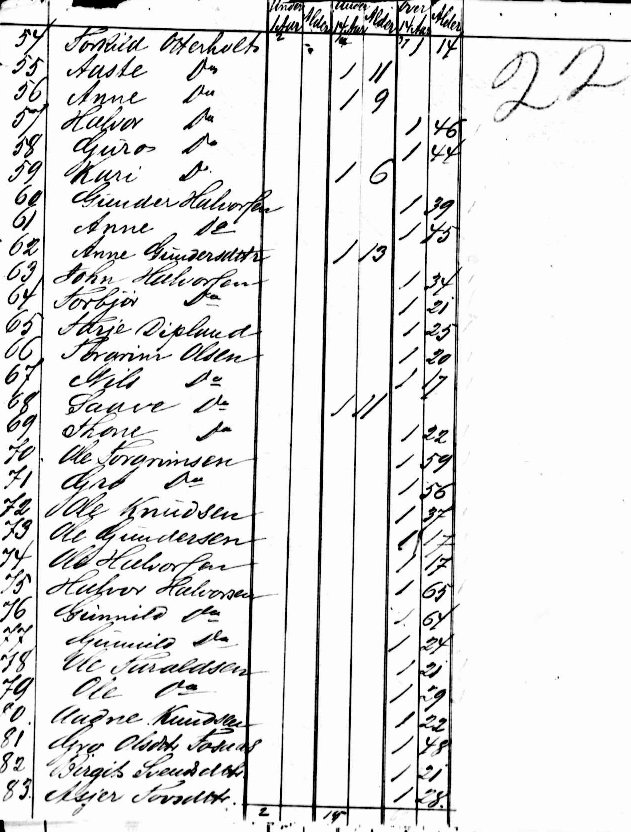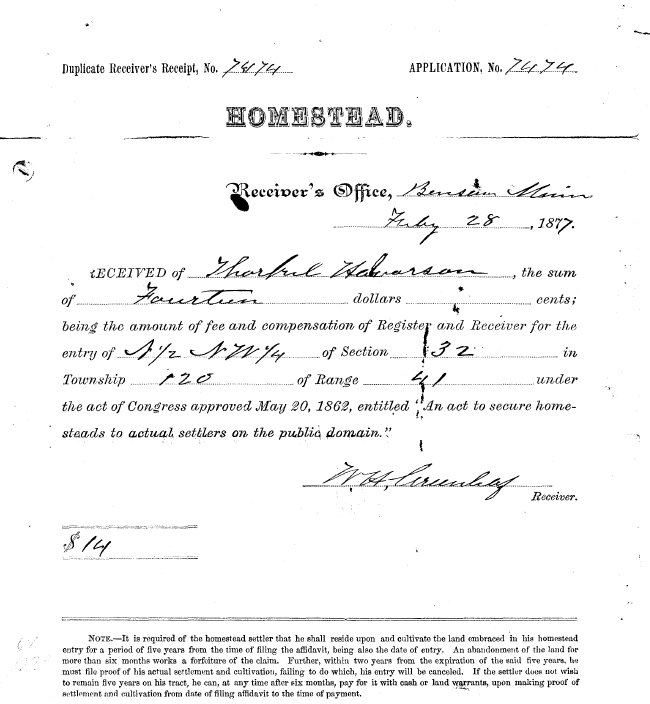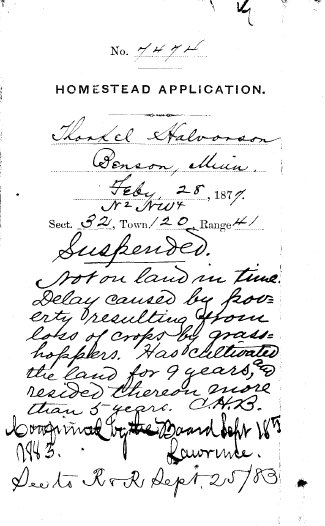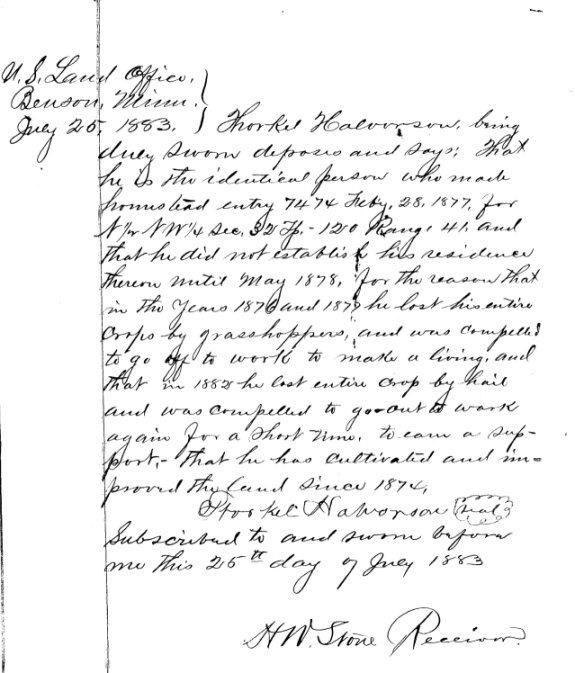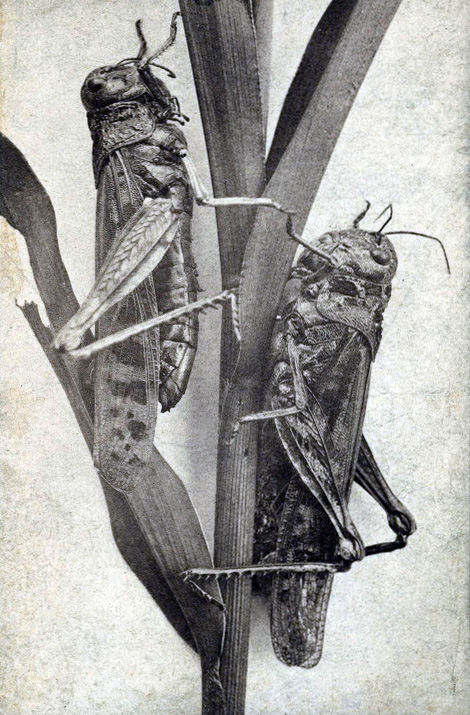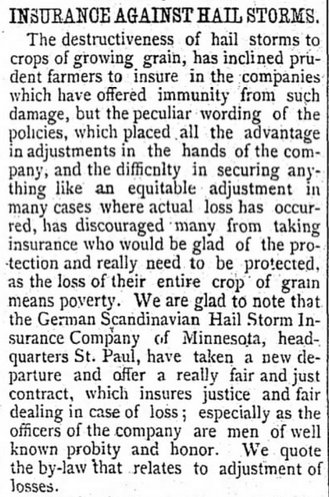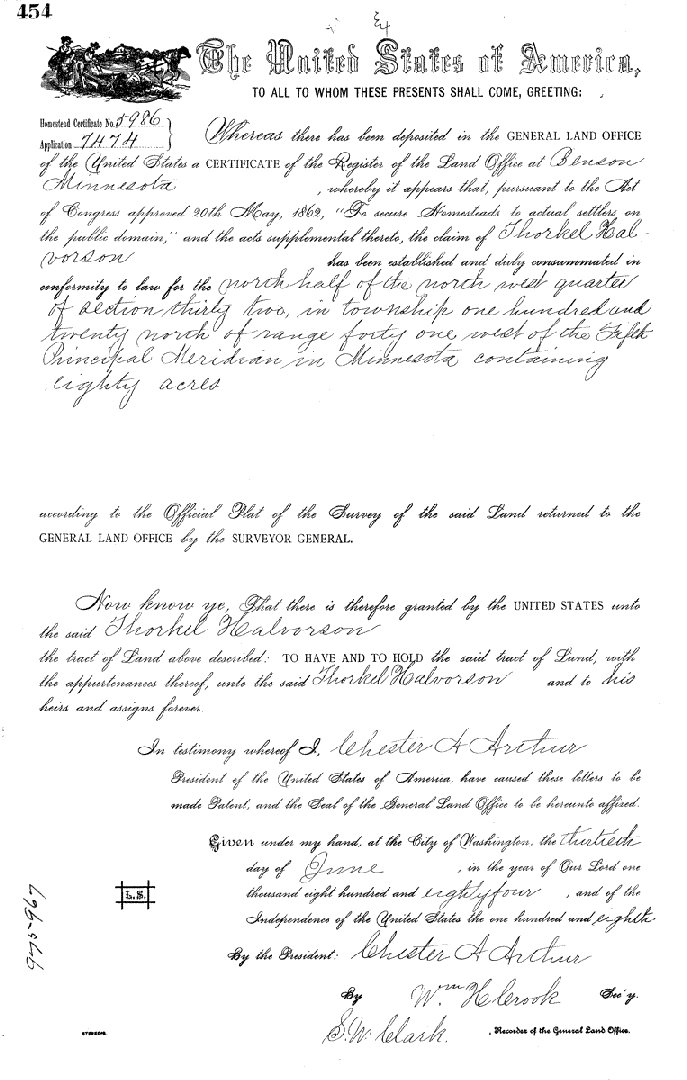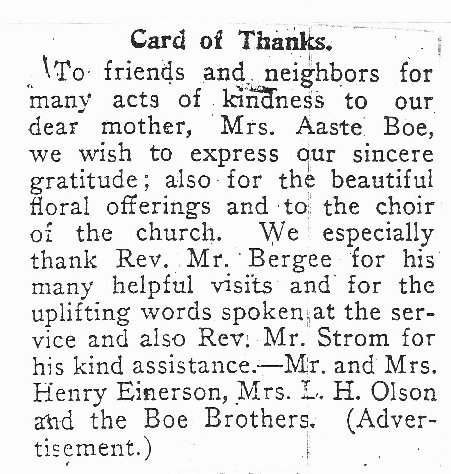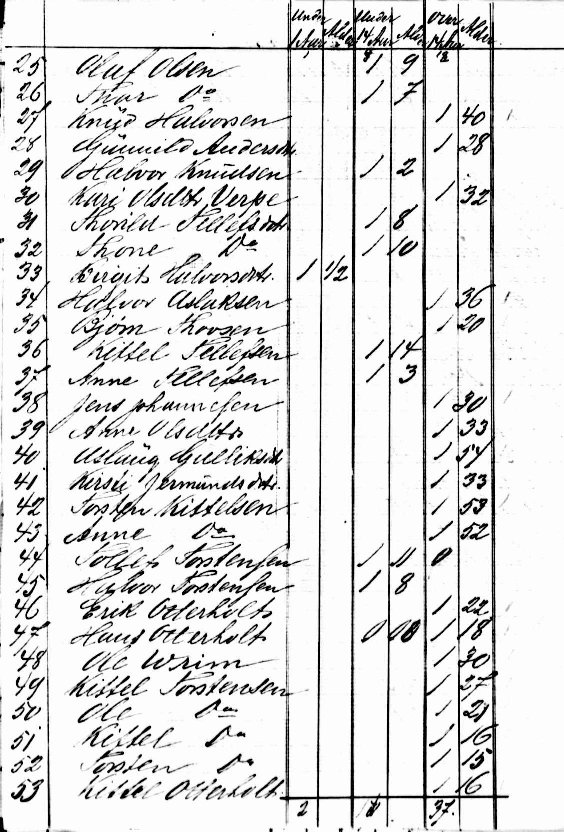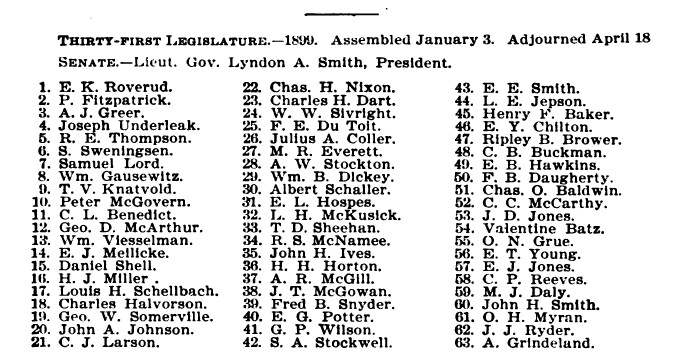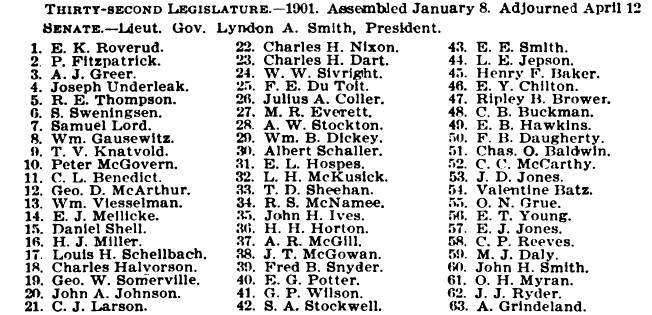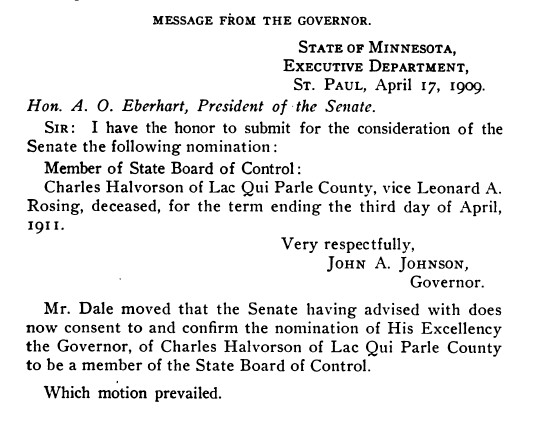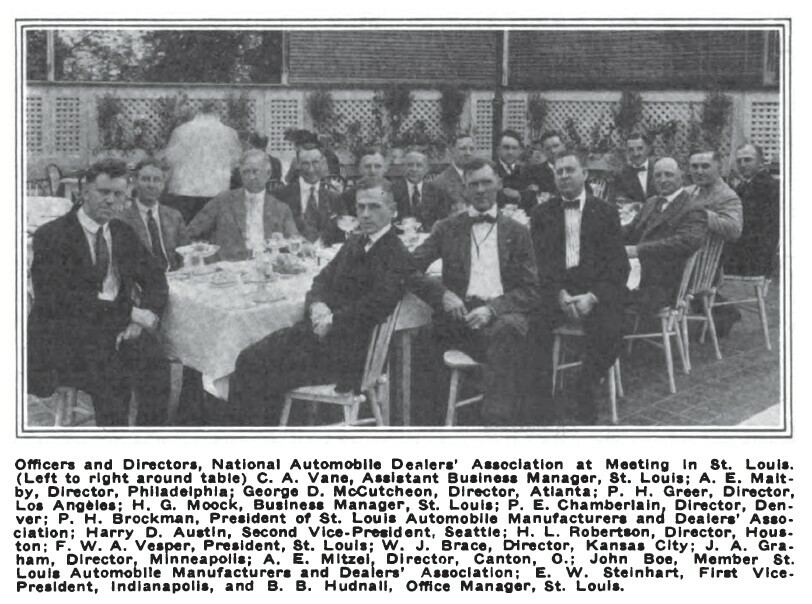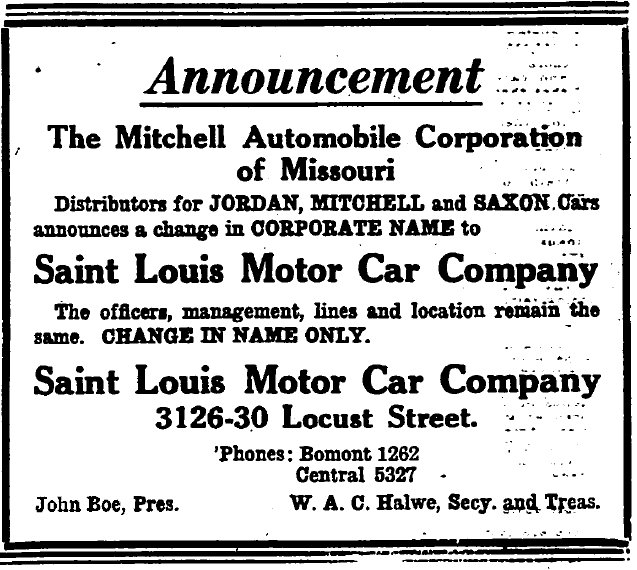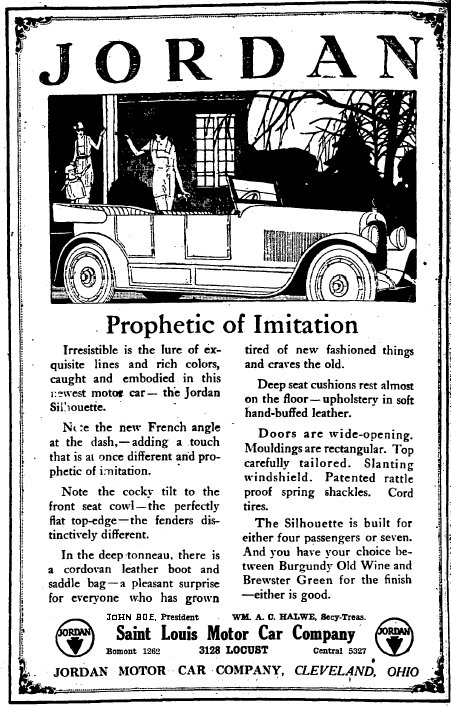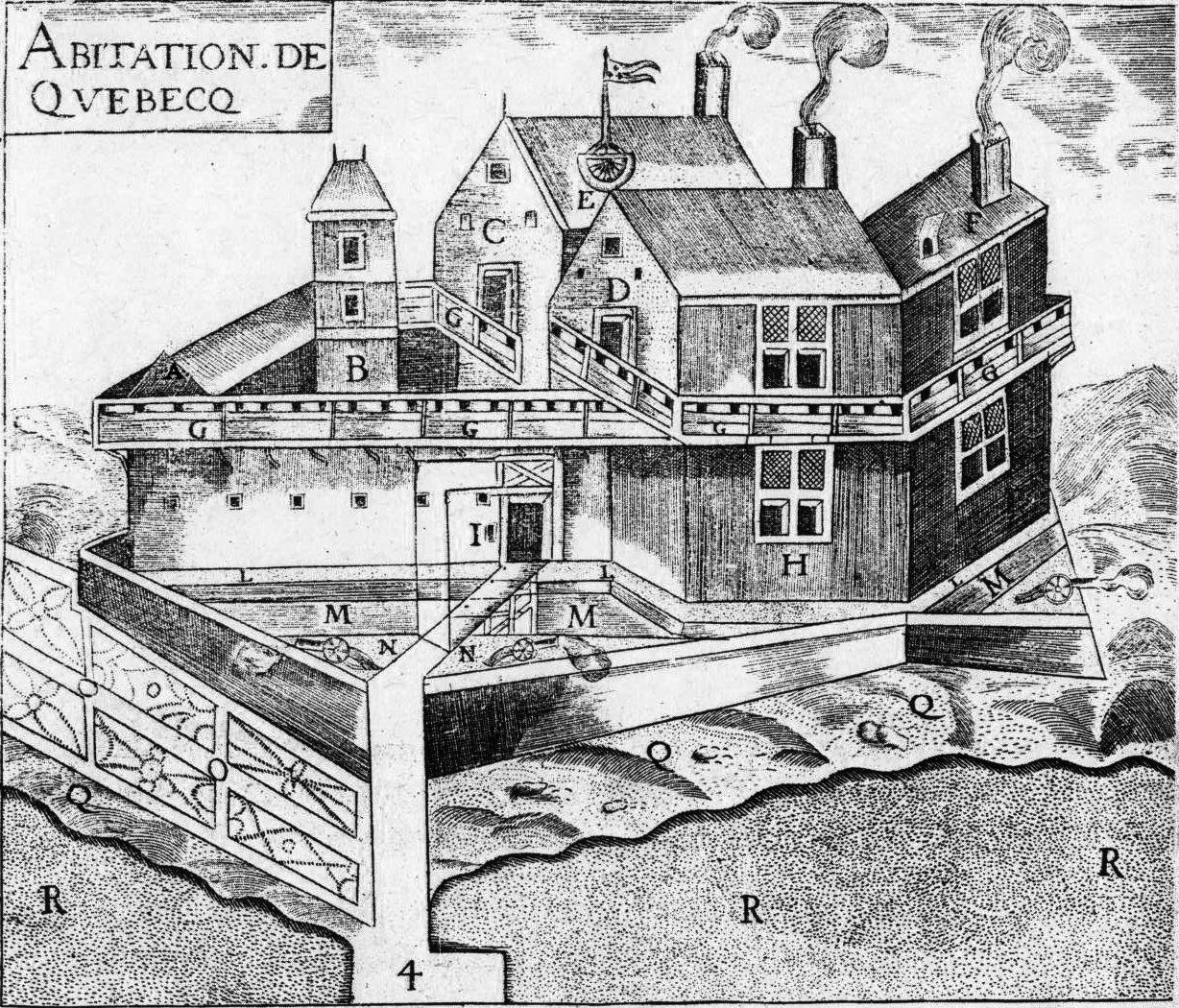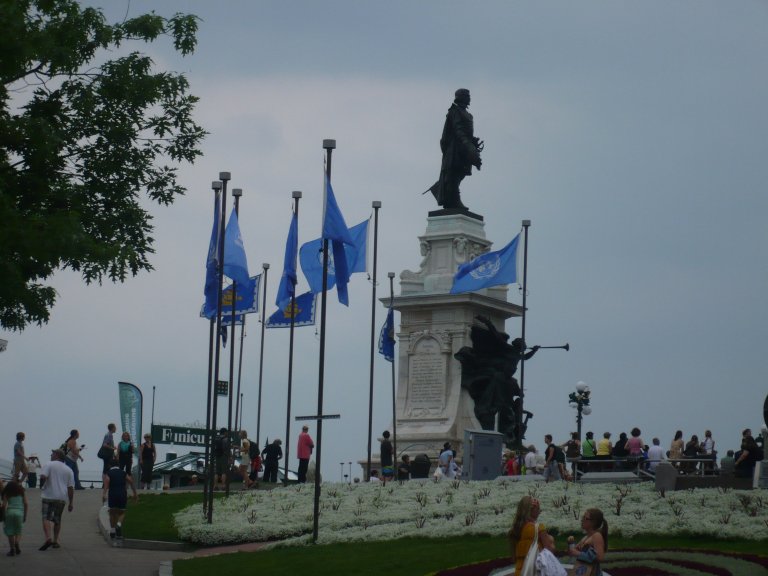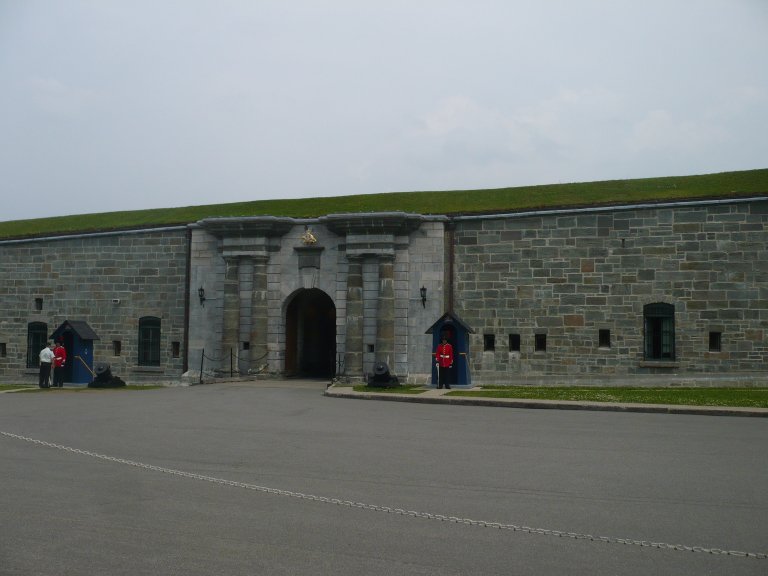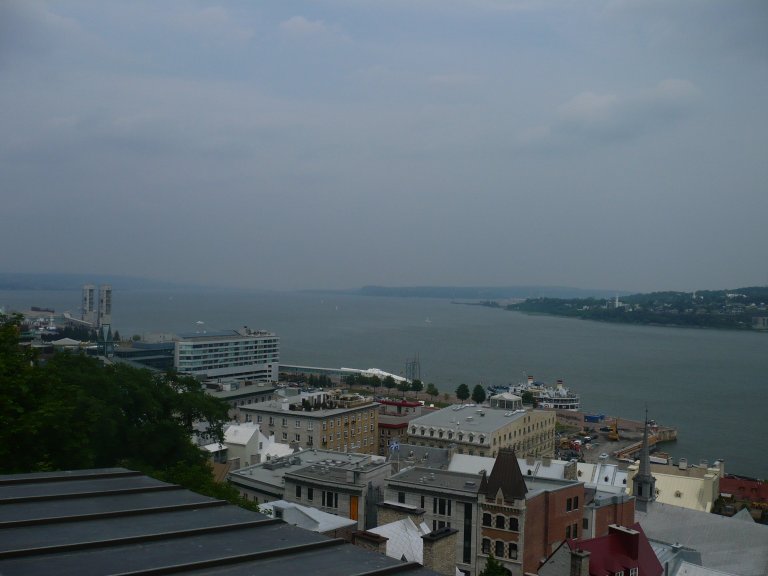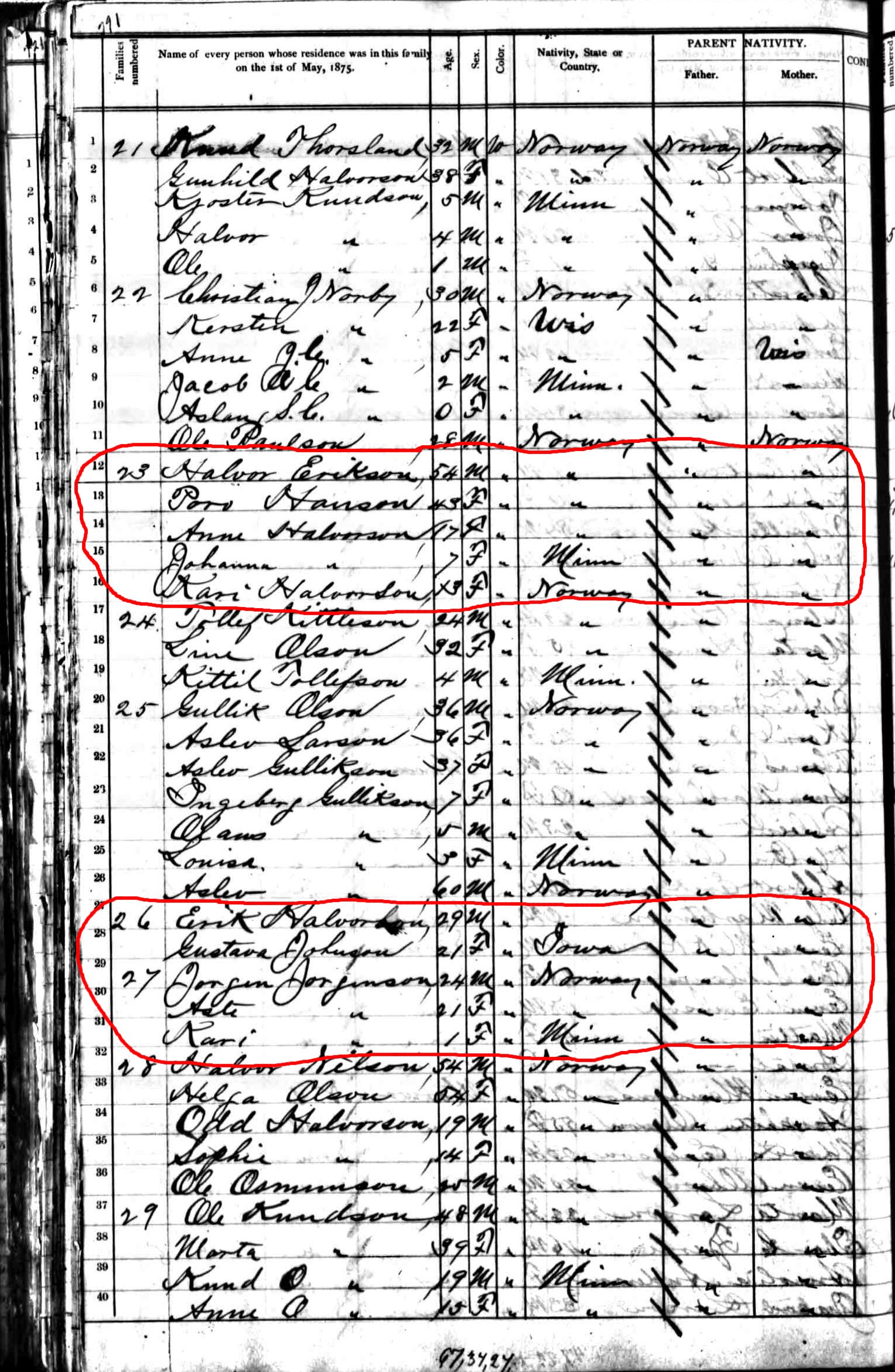My great-grandfather John Boe was born on 15 March 1876, in Swift County or Big Bend, Chippewa County, Minnesota. He was the son of
Jorgen Jorgensen Boe and Aaste Halvorson (Halvorsdatter) Otterholt, who were second cousins and who were both immigrants from Bø, Telemark, Norway. In
1880 he lived with his parents and siblings in Big Bend. In
1885 the family was in Lac qui Parle, Lac qui Parle County, Minnesota. In
1895 the family was living in West Bank, Swift County, Minnesota.
On 21 March 1897, John married Signe Olson at his family's home in Swift County, Minnesota. The couple was married by O. E. Solseth. Their daughter Lillian Ruth was born on 12 February 1898. Their son Walter T. was born on June 1899. In
1900, the Boe family was living in Benson, Swift County, Minnesota. Son Walter T. died on 26 September 1900. Another son, Walter Floyd, was born on 5 June 1901. By 1904, the family had moved to Mason City, Cerro Gordo County, Iowa. The same year, John attended the
St. Louis World's Fair (Louisiana Purchase Exposition) with his brother Hans Adolph "Duff" Boe and his mother Aaste (Halvorson) Boe. At the fair, he met Kathleen Graham (my great-grandmother), the woman who would become his second wife. John and Signe's last child, their daughter Gladys Dorothy, was born in Mason City on 15 June 1905.
John and Signe separated, but according to family lore, never actually divorced. John married Kathleen Graham, and by 1907, they were living in St. Louis, Missouri. He became a father to Kathleen's daughter Vivian, who took his surname. Their son
John (my maternal grandfather) was born in St. Louis on 28 April 1908. Their daughter Florence Kathleen was born on 22 November 1909 in Williston, Williams County, North Dakota. In the
1910 United States census, the family was enumerated in St. Louis, in the household of John's mother-in-law
Catherine Elizabeth (Winters) Mapplebeck. John was working for Weber Implement Co. as a salesman for the Mitchell car. In 1911, the family was in Williston, North Dakota. John and his brothers Hans Adolph "Duff" and Theodore Jorgen "Ted" formed the Boe Brothers farm machinery business. He was president of the company. Two more children were born in Williston: son James Jorgen on 27 September 1911, and daughter Theodora Catherine on 9 February 1914. In March 1915, the family moved back to St. Louis, and John rejoined Weber Implement Co. He was working for Mitchell-Lewis Motor Co. by October 1915. John and Kathleen's last child, daughter Geraldine Edith, was born in St. Louis on 29 July 1916.
John became president of the Mitchell Automobile Corporation of Missouri in February 1918. In late 1918, the company changed its name to the St. Louis Motor Car Company. John remained president of the company. The company failed in the late 1920s. The Boe family moved to Sarasota, Florida for a year, and then returned to St. Louis. John worked as a factory representative for Marmon Car Co. and for Buick. He was the zone sales manager and covered several northwestern states. He must have met his third wife, Anna Mae Gamble, while traveling for business. She was living in Minneapolis, Minnesota. John left Kathleen (but according to family lore, never divorced her). On 27 June 1929, John and Anna Mae's daughter Jane Ann was born in Minneapolis. According to her birth record, she was a legitimate child, and John and Anna Mae were listed as married in the
1930 United States census. However, their
marriage actually took place on 22 August 1934 in St. Joseph County, Indiana. If the family lore about John never divorcing his previous wives is true, John was a bigamist twice over.
On 29 April 1940, John wrote a letter to his daughter-in-law
Margaret, my maternal grandmother. She had written to him to let him know that he was going to be a grandfather. He said that he would love to see them, but he couldn't afford many trips because he had not been doing very well for the last few years. He had not been able to find a job in the automobile business because of his age. On April 1, he had started a new job selling living protection. He worked in small country towns, had to pay his own expenses, and he was paid on commission. He said he had not been doing well so far. At the top of the letter, he had written the location "North Branch, Minn." At the bottom of the letter, after his signature, he had given another location: Lindstrom, Minn. At this time, his wife Anna Mae and daughter Jane were living in
Beverly Hills, California. Although he had said that he could not afford many trips, John was in California by 27 June 1940, when he died in Norwalk State Hospital in Norwalk, Los Angeles County, California. His death certificate stated that he had been in California for a year, had been in the hospital for 10 minutes, and had been a resident of the community for 10 minutes. His body was sent back to Minnesota and he was buried in
Big Bend Lutheran Church Cemetery in Milan, Chippewa County, Minnesota.
Williston, North Dakota city directory, 1911
John and Kathleen Boe and family. Photo from Boe (Bø) and Halvorson-Otterholt; Shared Roots in Telemark.
Compiled by Melvin and Alpha M. (Boe) Brodshaug, 1984. Published by
Arlene (Boe) Christensen and Marjorie (Boe) Bergee. Printed by Anundsen
Publishing Co., Decorah, Iowa.
American Garage & Auto Dealer, August 1919
St. Louis Post-Dispatch, 29 December 1918
St. Louis Post-Dispatch, 22 June 1919






